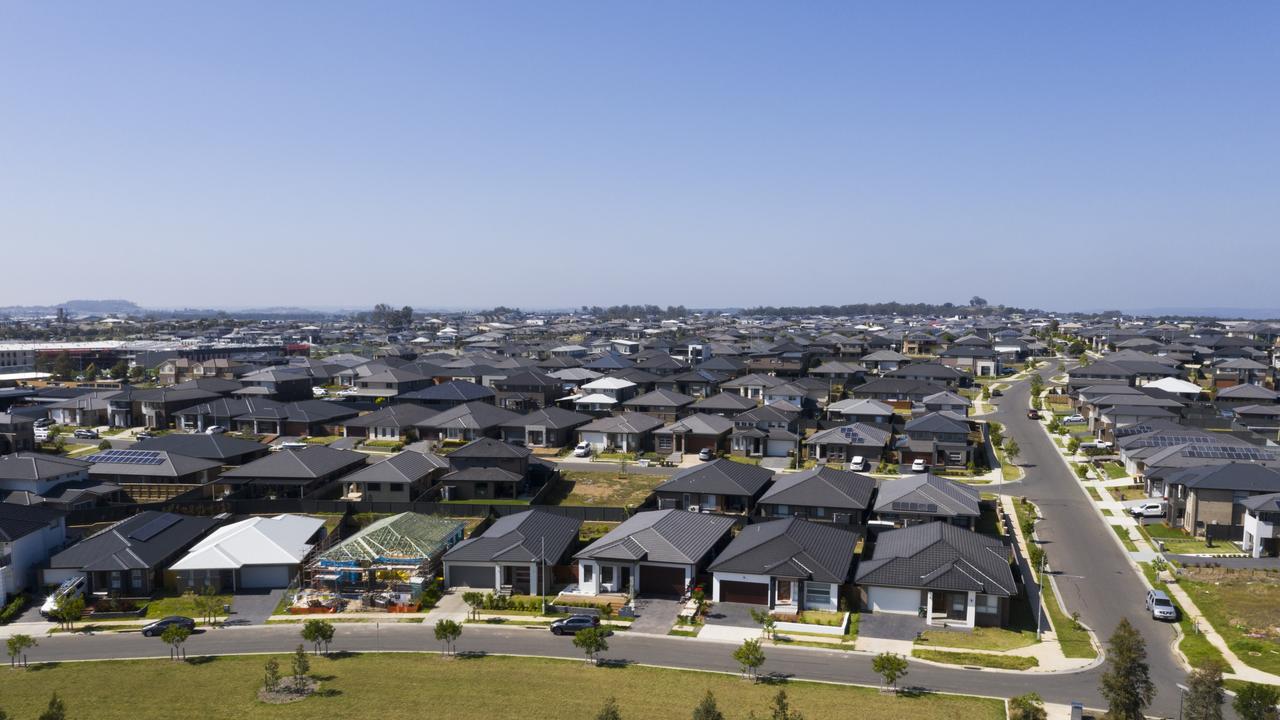All the ‘big’ new TVs from Samsung, LG and Hisense unveiled at CES
The LG ‘world-first’ transparent TV will be here in coming months. But despite the whopper price tag, it won’t be the most expensive the Korean company has sold, while its rivals have other tricks up their sleeves.
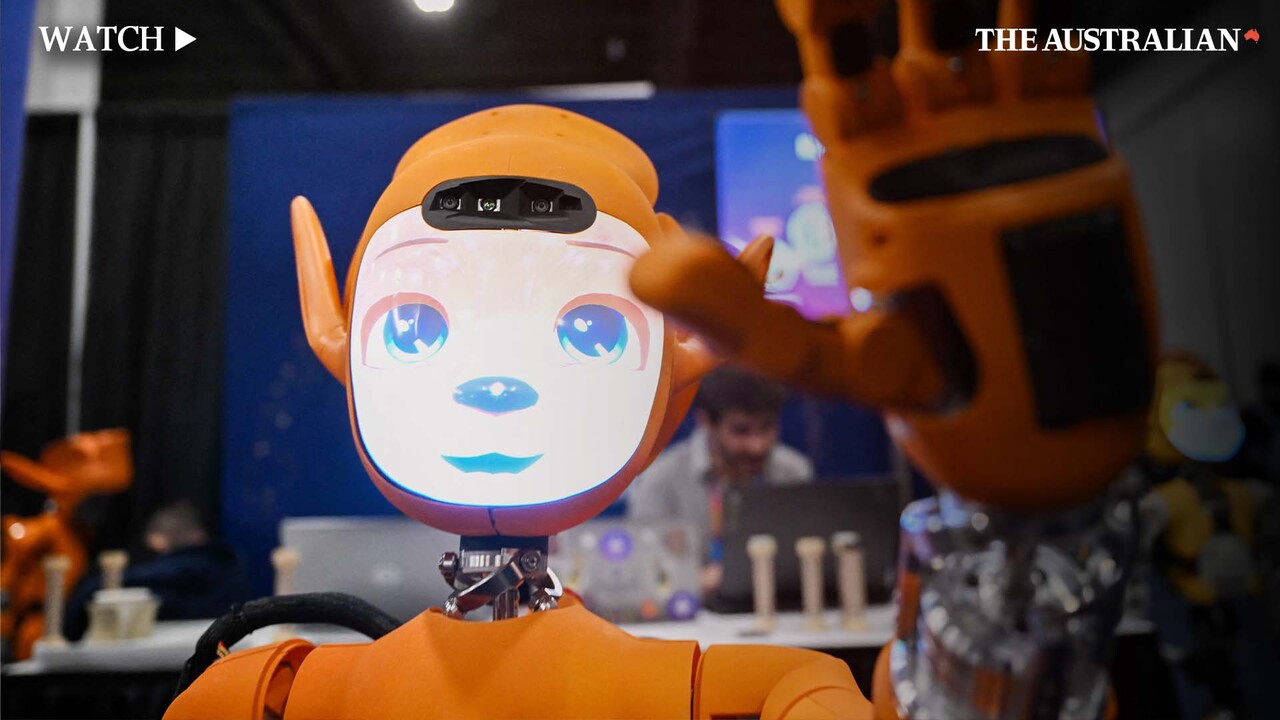
Business
Don't miss out on the headlines from Business. Followed categories will be added to My News.
LG says its ‘world-first’ transparent OLED TV will be available in Australia in coming months and is likely to have an $80,000 price tag.
Hisense has unveiled a 116-inch TV - what will become Australia’s biggest when it arrives in the country later this year, while Samsung has beefed up its offerings to include a 115-inch screen.
Exact pricing of LG’s transparent TV is yet to be determined, but if it retails at $80,000 – in-line with LG’s estimates – it won’t be the most expensive TV the Korean electronics titan has sold.
It sold a $100,000 rollable OLED TV, which was launched in 2019, before it faded from sale five years later.
LG Australia’s head of home entertainment marketing Tony Brown said the 77-inch Signature OLED TV was “flexing innovation”.
“The key concept is that for people who can afford it..., when they turn the TV off, there is effectively not a black spot in their room,” he said on the sidelines of CES, the world’s biggest consumer electronics show in Las Vegas.
“We’re the kings of OLED, so let’s see if we can make it transparent.”
The wireless TV almost disappears when switched off, leaving only a frame. It also features a “contrast screen” that can be raised behind its 4K transparent screen to turn it into a regular looking TV.
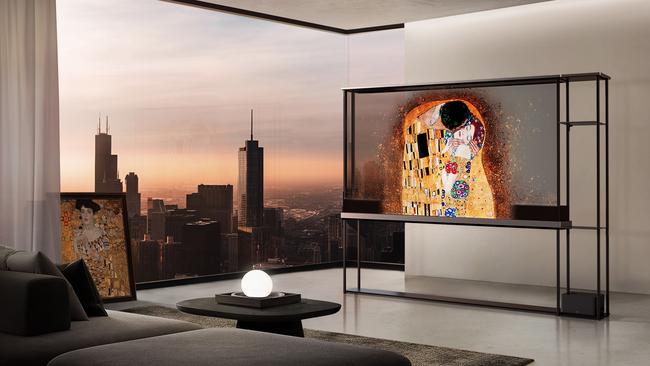
LG also has unveiled its 2025 OLED evo line-up, which features “AI-driven personalisation”, and improved picture quality, including “impeccable blacks, exceptional brightness and advanced processing capabilities”.
“The LG OLED evo offers a customised experience tailored to each user and showcases the pinnacle of OLED innovation for an elevated home entertainment experience,” LG said.
It said upgraded “Brightness Booster Ultimate” technology enhanced light control architecture and light-boosting algorithms on its 65, 55, 77 and 83-inch G5/M5 models to achieve brightness “three times higher than conventional OLED models”.
“This significant boost in brightness brings fine details into focus across different brightness levels, resulting in a more vibrant and lifelike viewing experience.”
Bigger is better
Samsung showcased its new Neo QLED TV range at CES. The lineup includes two 8K models and three series of 4K models with its flagship QN90F having a 115-inch screen.
Samsung Australia vice president Jeremy Senior said the new line-up would feature advanced AI features, including the ability to upscale SDR content to HDR.
“Our mission every year is to offer Australians screens for every experience, pairing cutting-edge picture and sound quality with interactive and intelligent lifestyle features to enrich everyday living,” Mr Senior said.
“Vision AI is the next step on our journey, enabling more TVs across our 2025 range to intelligently adapt to individual viewing preferences and environments, and intuitively personalise and optimise every interaction – from streaming, to gaming, to managing your connected home your way, through voice or touch commands.
“With Vision AI at the core, our 2025 line-up takes the features Australians love most about
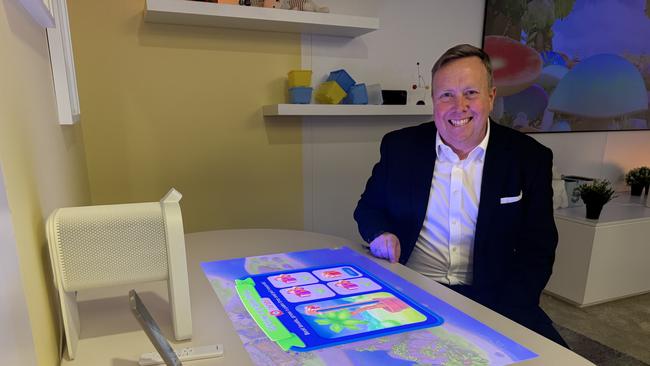
Samsung TVs to the next level, bringing our biggest screen sizes, and expanding access to our glare-free and Samsung Art Store innovations across more models.”
Samsung also unveiled a its Premiere 5, what it said was the industry’s first interactive triple-laser ultra-short-throw projector, which can project up to 100 inches and also features touch screen capabilities.
“We’re once again redefining the role of TVs,” he said.
Rival Hisense said it was also enhancing the picture quality of its TVs, launching RGB local dimming display.
Dennys Li, president of Hisense visual technology, said: “2025 was a very special and meaningful year for television”.
He said the TriChroma LED introduces Mini-LEDs individually displayed colours of red, green and blue – unlocking greater brightness and colour accuracy.
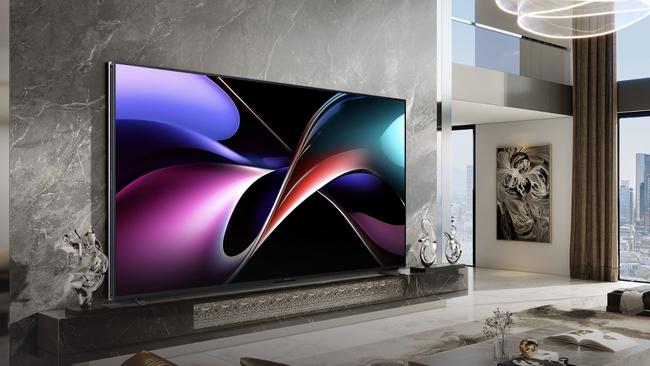
“This innovation takes the form of our new trichroma LED TV. It marks a significant leap to advanced RGB multi Primary Display, evolving from single light management to both light and colour management,” Mr Li said.
“It makes colours more vivid and nuanced, makes details richer and sharper, and sets new standards for energy efficiency as well. This technology not only deliver an unmatched visual experience, but also brings the industry to a new level of sustainable development.”
While it’s yet to launch transparent TVs, like LG and Samsung, Hisense is talking up its big screen credentials.
David Gold, vice president of Hisense international and president of Hisense Americas, said the company had become the No. 1 selling brand of 87-inch and above TVs both in dollars and volume in the US, according to Circana.
“Hisense has firmly established itself as the leader in the 100 inch and above TV segment, capturing more than 63 per cent of shipments volume in the third quarter of 2024. This marks the fourth consecutive quarter that we are at the forefront of this category,” Mr Gold said.
After showcasing a 108-inch Micro-LED TV at CES last year, Hisense said it had taken this a “step further” with a 136-inch Micro-LED TV.
Not AI for AI’s sake
Mr Gold said the company was incorporating AI into its televisions, but only where it made sense.
“In 2024, AI became an undeniable force in technology appearing in nearly every product and conversation. At Hisense, we focus on what matters, creating practical, seamless solutions that improve our daily lives.
“We’re not out here trying to make AI movies. We’re making AI that works for you, so you don’t have to. It’s not about flashy features or buzzwords, it’s about smarter, more intuitive products that feel effortless.”
The 116-inch TriChroma LED TV helms its premium ULED X line-up - which is set to be available in Australia this year and become the country’s biggest on sale. It features 21,000 TriChroma LED, it produces 10,000 nits peak brightness, while also integrating Dolby Vision
and IMAX Enhanced credentials.
“We continue to see strong demand for big-screen viewing in Australia, demonstrating our desire to experience sports, gaming and entertainment in a premium setting from the comfort of our own homes. The 116-inch TriChroma LED TV answers this need with a world-class and category-defining solution,” said Chris Kotis, vice president, sales and marketing at Hisense Australia and New Zealand.
The author travelled to CES with assistance from Samsung, LG and Hisense.
Originally published as All the ‘big’ new TVs from Samsung, LG and Hisense unveiled at CES



